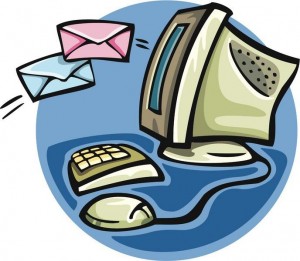by Jeremy Miller, Technician
Email has become as important as any other utility to most businesses. So obviously, company owners will want to avoid interruptions at the lowest price possible.
For small to medium sized businesses, our Hosted Exchange service is the best option.
You only have to pay a flat per-user fee. This takes the hassle away from having a server on-site that has to be maintained and updated.
With Hosted Exchange, you don’t have to worry about your email data.
The facilities that house the Exchange server clusters are managed by Microsoft – the company that invented Exchange!
This can benefit you by having a very high uptime percentage, secure email backups, and synced data on all of your devices.
The cost of using Hosted Exchange compares favorably to having an onsite email server.
If your company has a relatively small number of email users, the savings can be as much as 90 percent.
However, even at 100 or more users, Hosted Exchange can reduce your costs by as much as 50 percent.
Hosted Exchange facilities always use third party backup support, which protects your email data from any foreseeable disaster.
This is great because, even if the facility was completely destroyed you will not experience a service interruption. This is possible because you will be able to use your email from the off-site backup location.
If your business begins to grow, your email will be able to expand to meet your needs. Using Hosted Exchange will minimize the impact on your internal network.
This will free up local bandwidth for server/client transactions. If you want to upgrade to a newer version or migrate to a new computer, the process will be easy and painless.
Exchange does more than just email. It is also a calendar and a contact list.
With Hosted Exchange all of your meetings can be shared with other members of your company. You’re also able to create contact lists that you can share with others.
Users will be able to access Exchange from almost any device, such as: Computers, smart phones, and tablets. Even though Exchange is a Microsoft product, users will be able to access it on a Mac.
The default Mail, iCal, and Address Book have had Exchange support since 2009.
However Microsoft developed Entourage to be very similar to Outlook.
This has a lot more functionality than the default mail apps, and was designed to interface with Exchange.
Also users can access their email from any machine that can use a web browser thanks to Outlook Web Access which is included with all Exchange mailboxes.With Outlook Web Access, you log into the Exchange system, and then use an interface that looks just like Outlook to manage your email.
If your company is email dependent, we’d love to talk to you about Hosted Exchange and the benefits to your business. Give the office a call at (734) 457-5001, or email us at info@MyTechExperts.com. And yes, that goes to our Exchange system!


